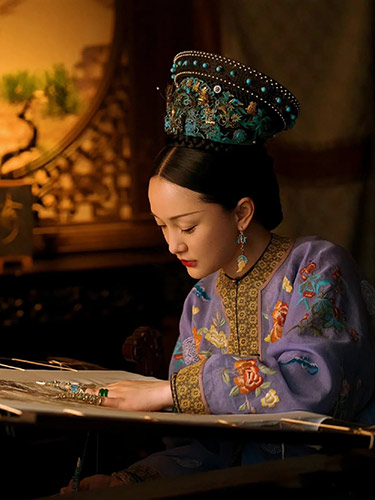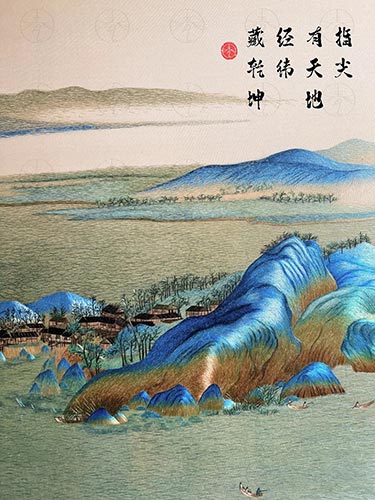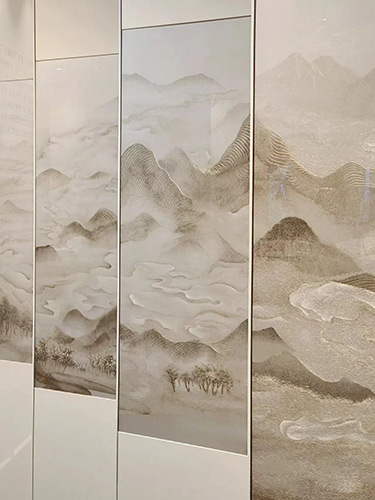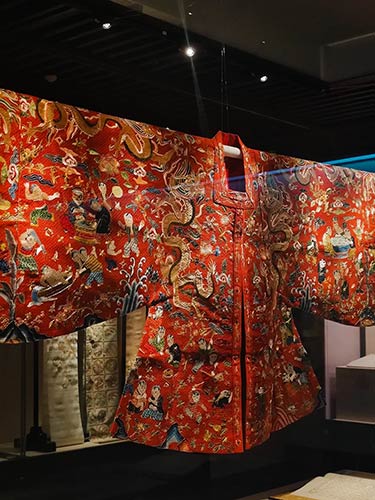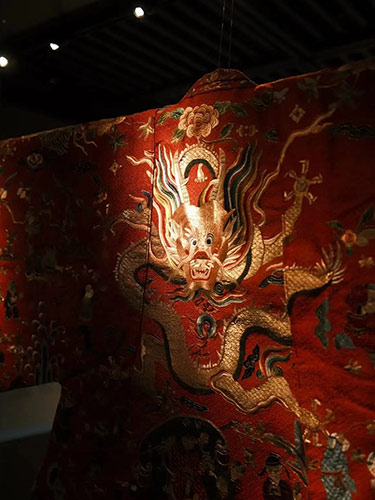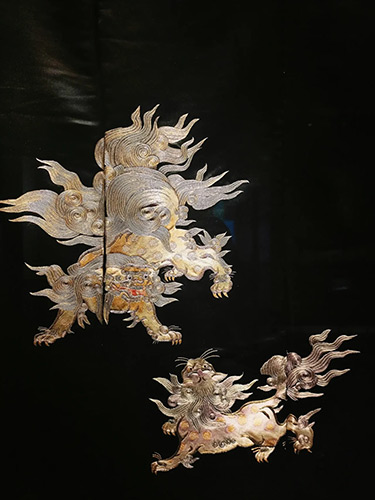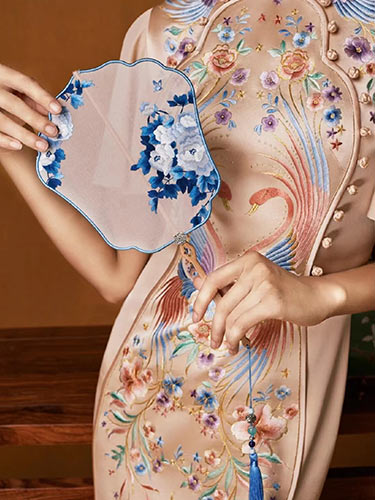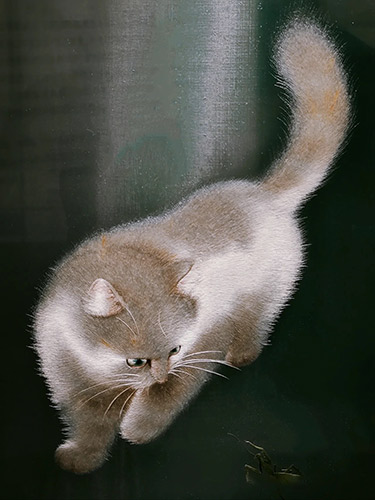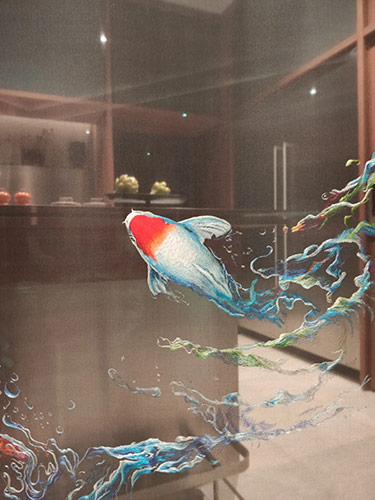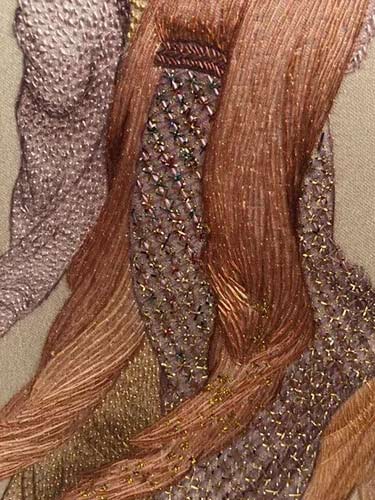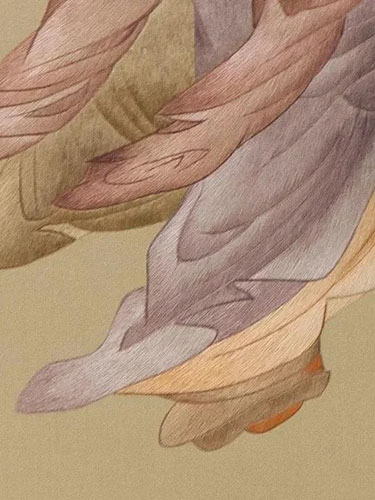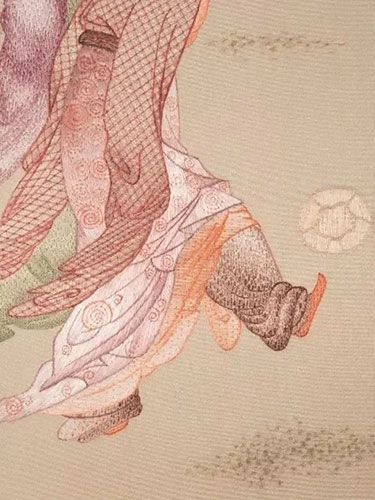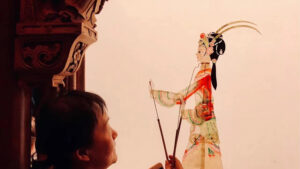There are four regions in China where embroidery is extremely outstanding. They are Suzhou embroidery from Suzhou region, Xiang Xiu embroidery from Hunan Province, Shu Xiu Embroidery from Sichuan Province, and Yue Xiu Embroidery from Guangdong Province. Suzhou embroidery, also known as Su embroidery and Su Xiu, is the oldest and most representative of Chinese embroidery. Meanwhile, Suzhou embroidery is also on the list of the Chinese intangible cultural heritage.
History
Suzhou embroidery originated in Wu County, Suzhou, with a history of more than 2,000 years. As early as 1800 years ago, during the Three Kingdoms period in ancient China, Suzhou embroidery was already used in clothing. Later on, influenced by the ancient Chinese masters of calligraphy and painting, Su embroidery began to combine with the art of calligraphy and painting to become a work of art.
More than 700 years ago, during the Song Dynasty in China, the development of Su embroidery was already on a large scale, with the emergence of the Embroidery Clothes Workshop, Embroidery Lane, Rolling Embroidery Workshop, Embroidery Thread Alley and other centralized production of embroidery products.
Nearly 400 years ago, during the Ming Dynasty, there was a flourishing situation of “every family raising silkworms and embroidery”.
In the Qing Dynasty, more than 100 years ago, the development of Su embroidery reached its peak. The ruler set up a special weaving bureau in Suzhou to supply the court with embroidery. A large number of embroideries enjoyed by the royal family were almost all from the hands of Su embroidery artists, and folk embroidery was also very wonderful and rich.
Characteristics of Suzhou Embroidery
Su embroidery is known for its fineness and elegance, and its characteristics can be summarized as “flat, flush, fine, dense, even, smooth, and light”.
The Inheritor
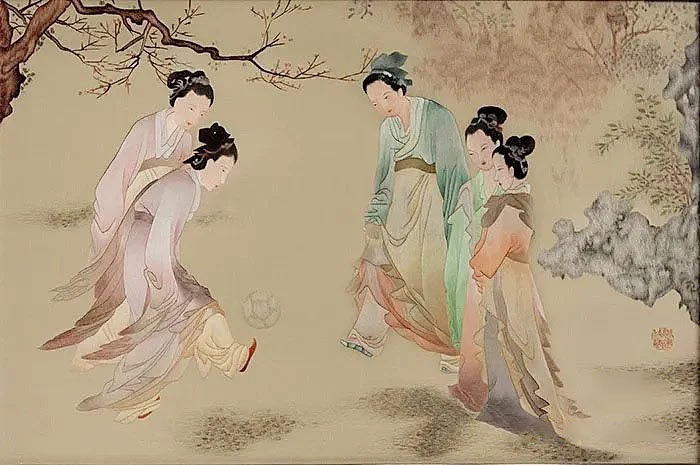
This “Ladies Cuju players” is the classic work of Yao Jianping, an inheritor of intangible cultural heritage and known as the “Queen of Suzhou Embroidery”. Yao Jianping’s works are not only lively stitches and elegant colors, but also very realistic. If you don’t look closely, you will think it is a photo or an oil painting.
The technique used in this “Ladies Cuju Players” is the most classical flat-stitch embroidery technique in Su embroidery. The soft and flowing clothes seem to swing gently along with the figure. Both the material and the color scheme are 100% restored to traditional Chinese characteristics.
China presented the work as a gift to the IOC in 2017, and it has since been placed in the permanent collection of the Olympic Museum.

